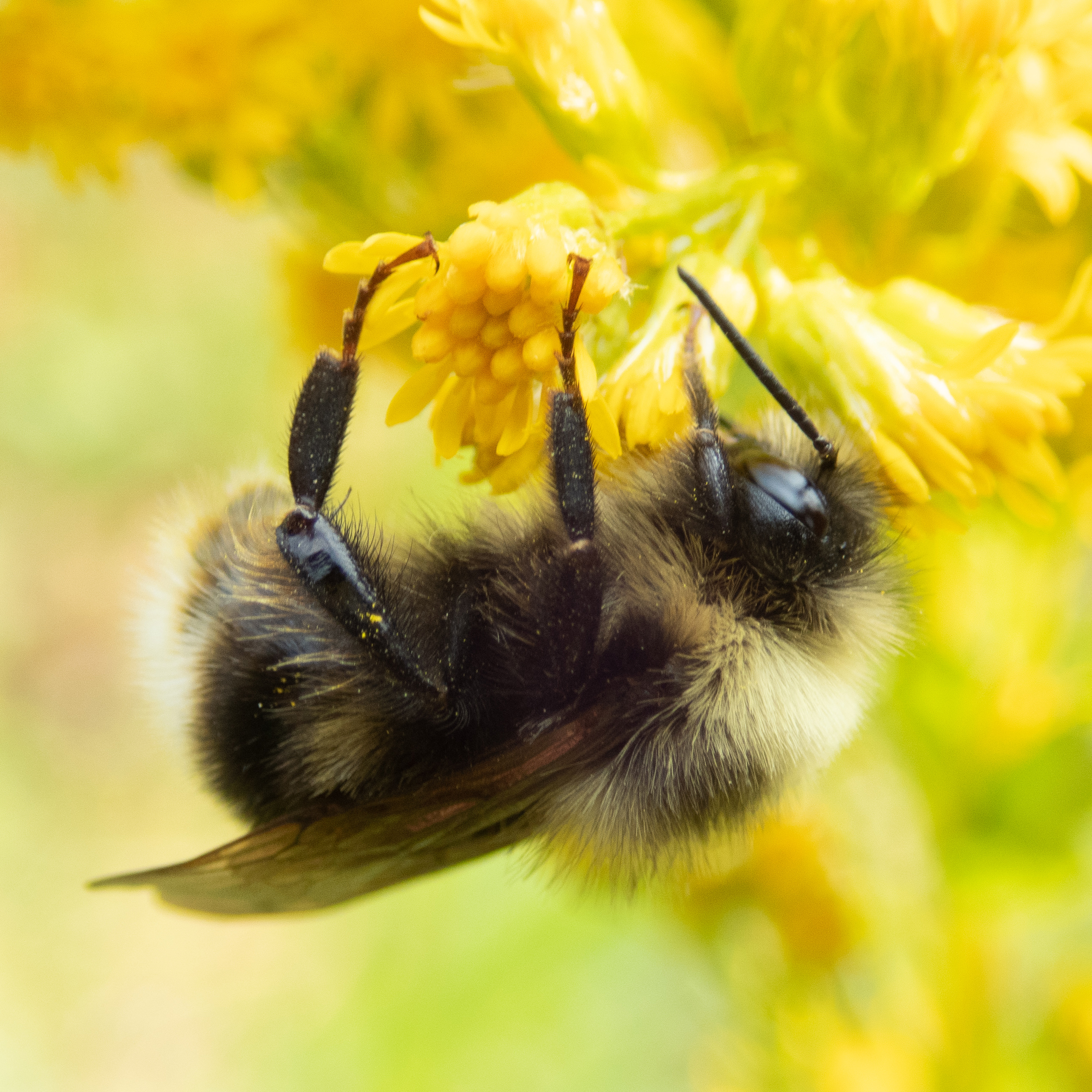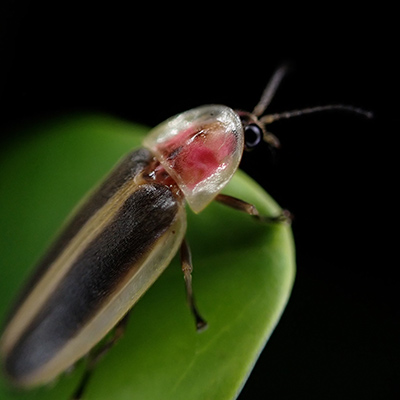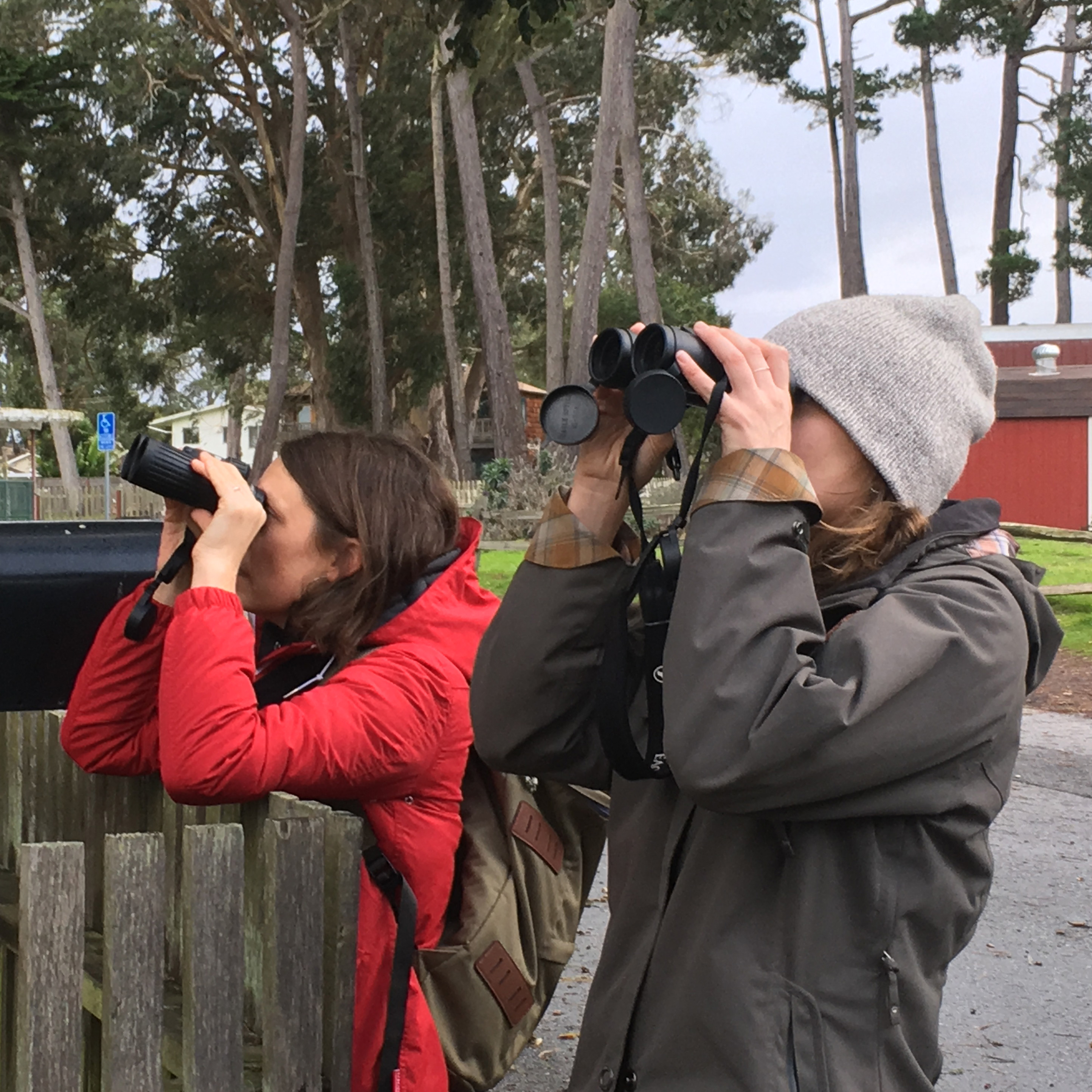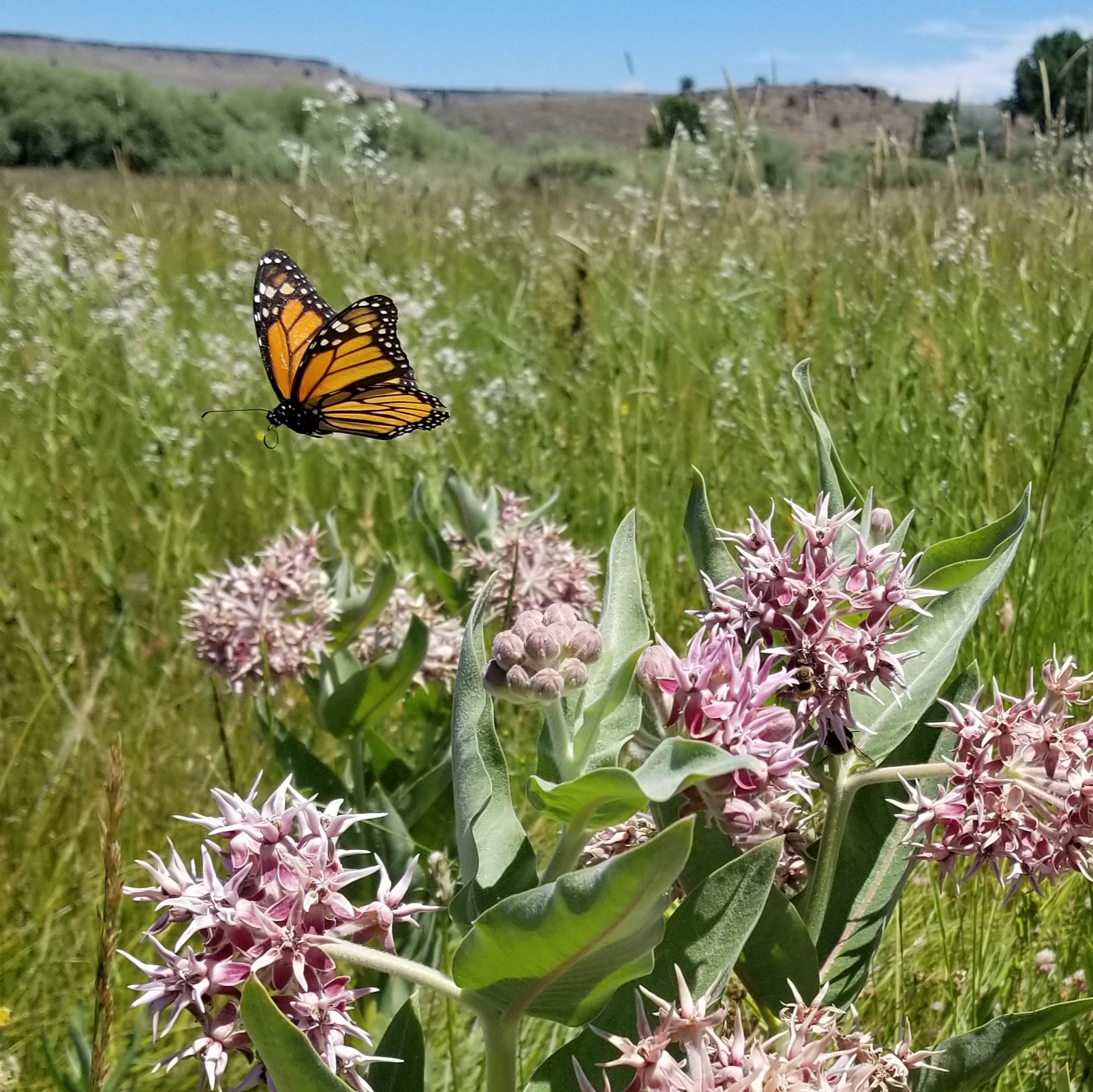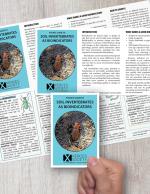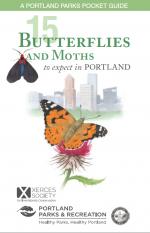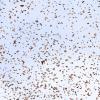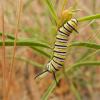Community science (sometimes referred to as "participatory science" or "citizen science") is a form of research that provides everyone—regardless of their background—an opportunity to contribute meaningful data to further our scientific understanding of key issues. By engaging community members, researchers can collect a larger amount of data, and often span more geographic regions, in a shorter amount of time. In turn, data collected informs larger conservation efforts. It's also a great opportunity for participants to learn more about species that interest them. It's a win-win situation for all of us—including invertebrates!
Bumble Bee Atlas
What: Community science effort to survey and conserve bumble bees
Where: OR, WA, ID, CA, ND, SD, NE, KS, MO, IA, MN, NC, SC, GA, TN
Sign-ups accepted: Anytime
Training options: Self-guided online, live online trainings in spring, or limited in-person training
Observation period: March 15 – September 30 (varies by region)
Bumble Bee Watch
What: Community science effort to track and conserve bumble bees
Where: North America
Sign-ups accepted: Anytime
Training options: No formal training required; instructions available online
Observation period: Anytime
Firefly Atlas
What: Community science effort to survey and conserve fireflies, with a particular focus on threatened and data deficient species
Where: United States and Canada
Sign-ups accepted: Anytime
Training options: Self-guided online or limited in-person training in spring and summer
Observation period: Anytime, but especially during adult activity period from March – August (varies by region)
Monarch Nectar Plant Database
What: Community science effort to track and conserve monarch butterlies
Where: United States and Canada
Sign-ups accepted: No sign-up required
Training options: No formal training required; instructions available online
Observation period: Anytime
Western Monarch Count
What: Community science effort to survey overwintering western monarchs and their habitat
Where: California and select locations in Arizona and Baja Mexico
Sign-ups accepted: Late summer and early fall
Training options: Combination of in-person and online training required each fall
Observation period: November – January
Western Monarch Milkweed Mapper
What: Community science effort to track breeding and migratory monarchs and their milkweed host plants across the West
Where: Western United States
Sign-ups accepted: Anytime
Training options: No formal training required; instructions available online
Observation period: Anytime (but only for breeding, migrating, or residient butterflies, not overwintering monarchs)
- TheBeeTool.com: The Bee Tool combines many available datasets into a user-friendly visual map app. Users can quickly see how bee sightings have evolved over time.
- BeeSpotter: BeeSpotter collects information on honey bees and bumble bees in the state of Illinois.
- Budburst: Budburst brings together researchers, horticulturists, and community scientists on a shared journey to uncover the stories of plants affected by human impacts on the environment. Budburst tells these stories through data collection, data sharing, education, and personal connections.
- Bumble Boosters: Bumble Boosters is a cooperative project of the University of Nebraska Department of Entomology, the Lincoln Public Schools Science Focus Program, and the Folsom Children’s Zoo. The goal of the project is to create a community of learners to conduct authentic research on bumble bees in Nebraska.
- The Great Sunflower Project: The Great Sunflower Project encourages people from all over the United States to collect data on pollinators in their yards, gardens, schools and parks. With a nationwide effort since 2008, by collecting visitation rates of pollinators to all plants (but especially sunflowers!), this project is helping to establish baseline information on pollination services for the entire country and critical resources for pollinators, while also helping to identify areas of conservation concern. This website includes detailed information on pollinator identification and ecology.
- University of Florida’s Native Buzz Community Science Campaign: Scientists at the University of Florida are working with community scientists to learn more about the nesting preferences, diversity and distribution of our native solitary bees and wasps.
- Vermont Bumble Bee Survey: This project aims to document the relative abundance and distribution of bumblebees (Bombus), as well as the Eastern Carpenter Bee (Xylocopa virginica), across Vermont. The survey will make essential data available to landowners, land-use planners, policy-makers, municipalities, and other individuals or organizations making conservation and management decisions.
- Journey North: This website provides information on tagging and monitoring monarch butterlies as they migrate in the eastern U.S.
- Monarch Watch.
- Southwest Monarch Study: The Southwest Monarch Study studies the migration patterns of monarch butterflies in Arizona. Their activities include tagging monarchs, monitoring milkweed populations, and searching for habitats that attract and support monarchs. People of all ages are welcome to participate. Southwest Monarch Study also provides educational programs to raise monarch awareness.
- The Vanessa Migration Project: This website allows interested indiviuals to help monitor the migration of Painted lady butterflies.
- North American Butterfly Monitoring Network: A network of volunteer-based monitoring programs throughout North America that collect butterfly abundance and distribution data.
- Freshwater Mussels of the Western U.S. iNaturalist Project.
- Odonata Central: The OdonataCentral (OC) website collects and verifies photographic records of dragonflies and damselflies across the New World, continuously expanding and making available information about the distribution, biogeography, biodiversity, and identification of Odonata.



